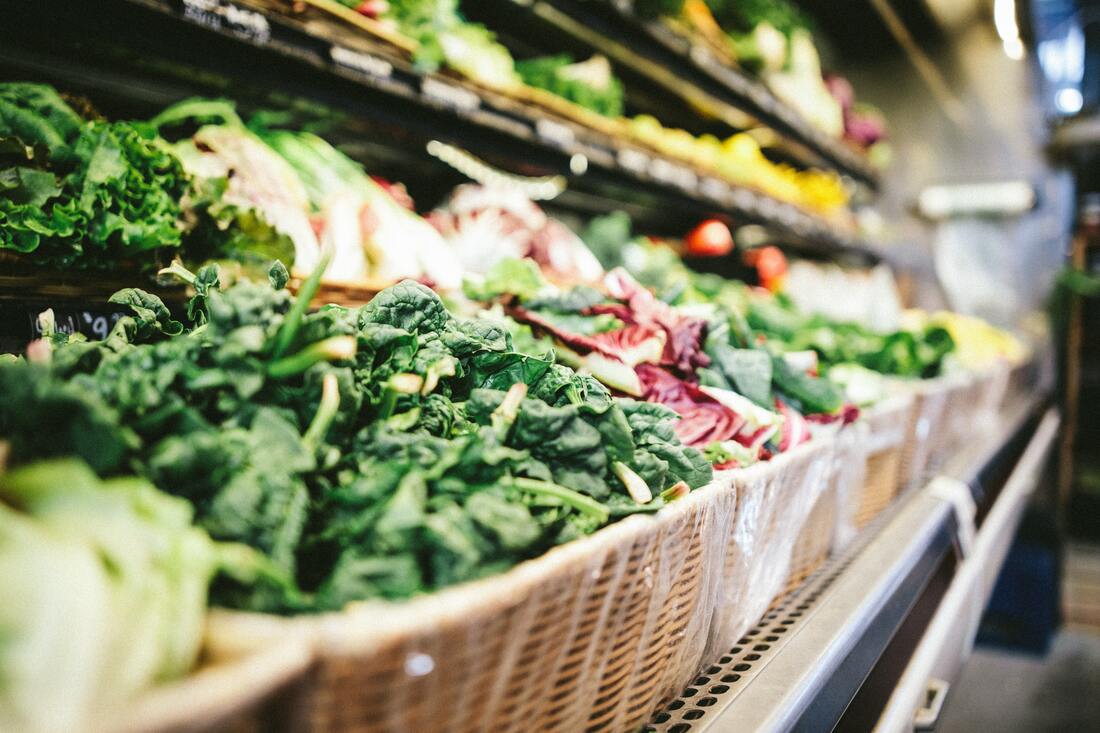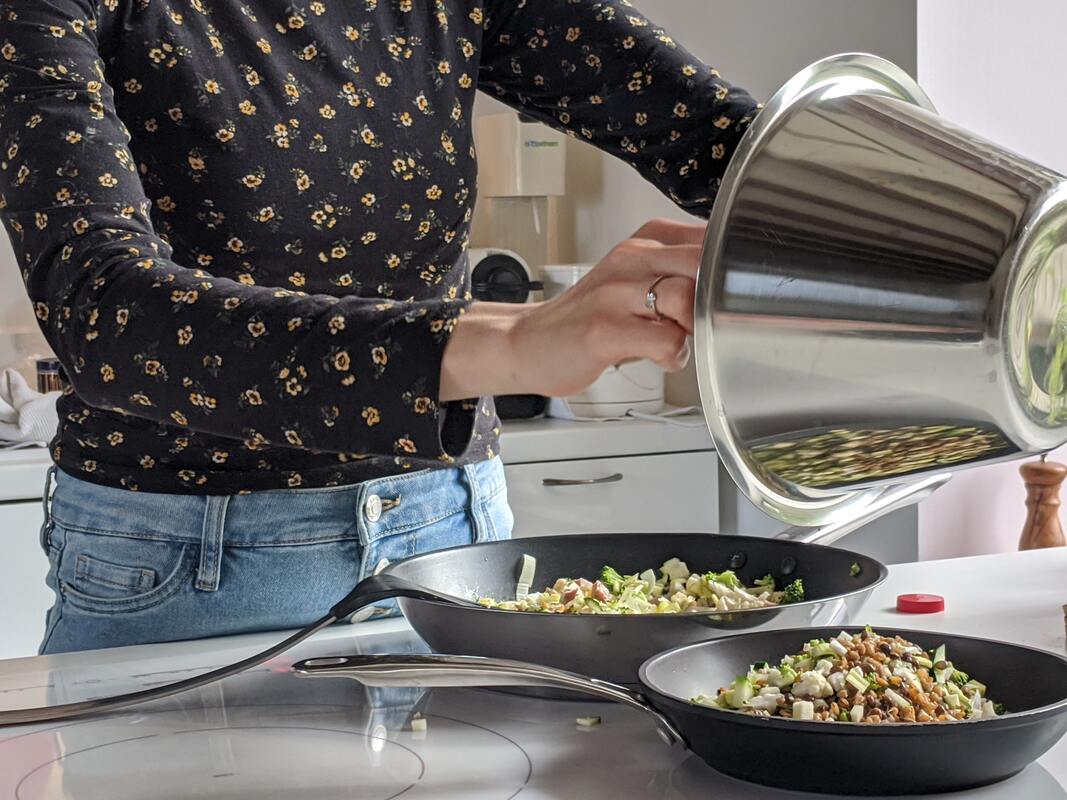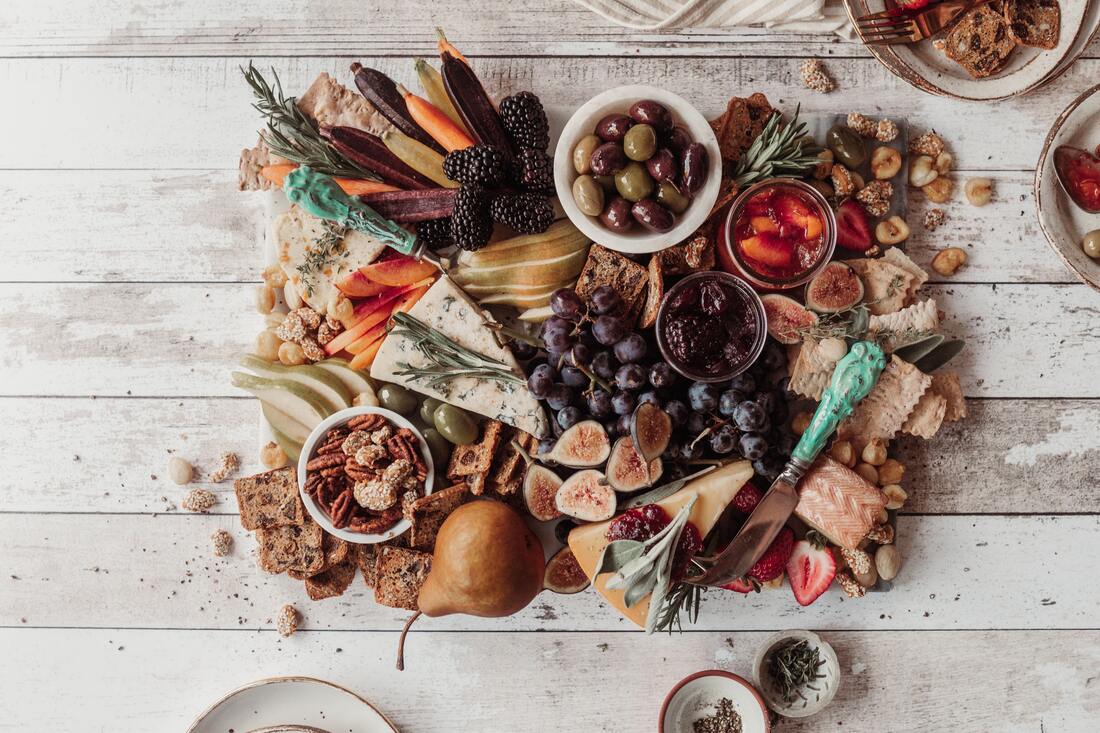|
While autumn is a favorite season for many Minnesotans, it also insights a creeping sense of dread: winter is coming.
The American Psychology Association and the Center for Disease Control estimate that seasonal affective disorder (aka SAD, seasonal depression or "winter blues") impacts 5-14% of Americans, hitting those north of the 37° latitude harder than those to the south of that boundary. The reason location makes a difference is largely due to the shorter days. It turns out sunlight has a big impact on neurotransmitter production including that of serotonin, our happiness chemical (this explains why "happy lamps" are effective treatments of SAD). I have this wild theory most Northerns experience some level of SAD. I think we are under-diagnosed and therefore under-reported. Personally, my seasonal depression is mild enought that I hardly notice until suddenly I'm giggling about nothing come spring when the clouds in my mind lift. This winter is likely to be more challenging than years past because of the COVID-19 pandemic. Honestly, I'm worried about us! Our safe social outlets are going to be more limited than in years past, which is often the saving grace of our long winters. So it's important to me to get this information into as many people's hands as possible. Most of my clients don't come to see me to get a prescription to move south, so it's my job to find other things they can do in their daily lives to prevent and treat seasonal depression. I take a “food first” approach in my work as a functional nutritionist. and am often putting together a list of healing “superfoods” for my clients to bring into their meal plan. While these items are going to vary from one individual to the next, these are my top 5 picks for seasonal depression prevention that are often making the list:
0 Comments
This blog has been moved to a new location! Please visit Jesse's blog at Wellness Minneapolis for this and more on a food-first approach to mental wellness, seasonal and ethical eating, and mind-body medicine.
Recently, I wrote an article about emotional eating. At the time, it felt important to recognize the mental, emotional and social challenges we were faced with as we collectively navigated life in a pandemic...challenges and stresses that often drive us to the kitchen looking for comfort or stimulation.
More than a month later, this conversation may be even more relevant as an uprising has sprung around us in Minneapolis since that last article. More challenges. More stress and uncertainty. Here's a brief recap of what we know about emotional eating: It works. Our brains respond to foods we find pleasurable with a dose of dopamine (our "feel good" neurotransmitter). This brings us satisfaction, calm, comfort...really, dopamine is the balm to any negative feeling! So really - truly - emotional eating works. People are motivated to come see me by health challenges or goals they have. Emotional hardship definitely makes the list of things they want to work on. I work with folks who experience depression and anxiety, emotional states that are often triggered by moments of acute stress or struggle. And many of my clients effectively use emotional eating to soothe these negative feelings. While we see a chemical benefit to eating comforting food in response to a negative experience or emotion, ultimately we know that ice cream is not the solution to loneliness. Corn chips cannot entertain us out of our boredom. And no amount of peanut butter and jelly sandwiches will bring us back to our childhood where a caring adult was telling us everything was going to be ok. Emotional eating also poses the threat of numbing us to our emotions or aiding us in dissociating from what we're experiencing. Eating instead of dealing with our feelings head on isn't going to solve the problem of that loneliness. Or the boredom. Or the insecurity and disappointment of being an adult and finding out that everything is not ok. Instead of eating when we feel these things, I propose experiencing them. For you in the back, yes I am suggesting that you experience the yuck. Keep in mind that you may need some support with this. Before making a choice to actively heal, get yourself a counselor or other mental wellness support to aid you through the hardship of feeling your feelings. When you're ready to proceed, give this a try:
When we practice mindfulness we become better at being ourselves. We can be more honest and reflective, which means we are better partners, better parents and just all around have more ease and peace. We bring that ease and peace into the world we live in. This is what self-care looks like. It's not always sexy. Sometimes, it's really hard work. But it's hard work that pays off. It's hard work that brings healing. And who knows what beautiful things you'll create with your hands and your heart if you let yourself grieve and be angry and transform hurt into health. Eating has proven time and again to be an effective way to bring ourselves comfort in times of stress and grief. I don't know about you but stress and grief are two emotions ranking high on my emotional radar these days! Navigating the foreign landscape of living during a pandemic has turned the volume up on these human emotions, as well as worry, frustration, and boredom. Now, more than ever, we need effective coping skills. If emotional eating has become a regular way for you to cope, I invite you first to give yourself a break. Things are really hard right now. The future is uncertain. Caring for yourself, however you can, is a very important thing to do. Here's another reminder: eating is not the ONLY way to give yourself comfort . Let's put a pin in that thought and dive into the science of emotional eating. I think understanding how your brain and body work helps to get some perspective and empower a different approach to self-care. The Science of Emotional Eating: Food - and even the anticipation of eating it - triggers a release of dopamine from our brains. Dopamine is a powerful chemical signal (neurotransmitter) your brain produces that makes you feel good. A number of things trigger its release: falling in love, accomplishing a goal, eating sugar, gambling, smoking cigarettes, and taking cocaine or other drugs, among others. In bad times, dopamine is suppressed, making the desire for it even stronger and the effects of it more impactful. For the record, I would consider living in a pandemic as being a "bad time," so this bit particularly applies to us right now. The effect of this "feel good" release in our brains is not equal from one experience to the next. If you ate the same amount of sugar one day after another, the amount of dopamine released would be less and less. This is how addictive behaviors develop: in search for more dopamine you need more sugar (or cigarettes, cocaine, etc.) every day to get the same hit of dopamine. If you find yourself craving food and seeking out food for comfort, stimulation, or emotional release of another kind, take a deep breath. You're not doing anything wrong. You're actually satisfying a biochemical need. And it's ok to keep doing that. If you feel ready and able to change up that coping mechanism for another that will be equally effective, here are some strategies to prepare yourself to make that change:
If and when you find yourself emotional eating, despite your best efforts to do otherwise, here's my closing thought: Let it go. We are living in a very trying time. Be kind to yourself. Recognize that you are expressing self-love the best way you know how. Find soft edges where you can stretch and learn and grow, where you can try some of the strategies above. Know that you will succeed and you will fail. That's learning! Learn with kindness, compassion, and forgiveness for the perfectly imperfect human that you are. For more on dopamine and emotional eating: What is Dopamine? Dopamine is ______? Emotional Eating: Experts Reveal The Triggers And How To Control Them |
I love food.I love thinking about it, talking about it, writing about it. I love growing food, cooking and eating food. I use this space to try to convey that. Follow me on social media for more day-to-day inspiration on these topics. Categories
All
|




 RSS Feed
RSS Feed